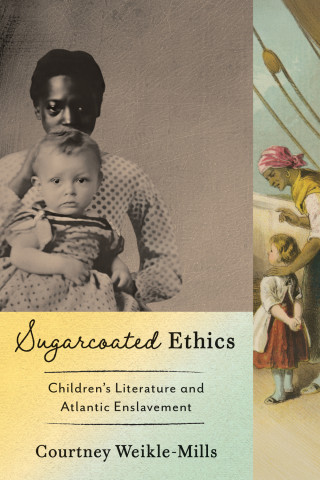
Reviews
Although Kees remained invisible to academics, he exerted a powerful influence on young poets. The huge gap in Kees’s reputation between poets and professors came to symbolize the stark differences in literary taste among creative and theoretical thinkers who often coexist uneasily in the same English department. John T. Irwin, a poet and literary critic who teaches at Johns Hopkins University, has partially closed the gap in a brilliant new study of this neglected author. Most pioneering monographs are cautious in their approach. Irwin’s The Poetry of Weldon Kees: Vanishing as Presence is audacious and provocatively speculative. Declaring Kees ‘the most interesting poet of his generation,’ Irwin frames the author’s life and work against a backdrop of modern literature and philosophy. concise, clearly argued, and free from critical cant, the book is a model of scholarly writing; it also reminds the reader how revelatory literary criticism can be. For Irwin, the stakes are not merely academic; understanding Kees is literally a matter of life or death.
Irwin's sensitive readings are consistently illuminating.
... Irwin insightfully opens doors into a few works an lays groundwork for further exploration of Kee's place in contemporary poetry.
Irwin writes with the courtly civility and cultivation of a bygone era, which is pleasing unto itself, and the book as an object continues this pleasure; at 120 pages, it’s a categorically slim volume, which speaks not just to Irwin’s economy of style, but also to his subject’s short life, which ended (as far as we know) at 41.
... Irwin’s memoir is a nice little piece – almost more a lengthy essay which includes Kees’s art, and the writer’s life – it discusses the philosophy of Nietzsche and nihilism, Camus’ major influence on the idea of suicide and the bizarre and flat out strange nature of disappearances.
Irwin considers Kees’s disappearance in the light of his poems and vice versa, and traces influences upon Kees’s thinking by rereading the many authors Kees mentioned in his own writings, paying particular attention to mentions of suicide and resurrection.
Despite my differing assessment of the value of Kees’s poetry, I have no doubt that John Irwin’s book is essential. Its conversational prose avoids jargon, and it offers both thoughtful analysis and new insights derived from difficult research. The Poetry of Weldon Kees: Vanishing as Presence will thoughtfully guide future scholars. I recommend it highly.
... Irwin avoids academic jargon and theories du jour; calling the book "the eventual fulfillment of a lengthy admiration" for Kees, he is clearly eager to share that esteem not only to fill a gap in academic literature, but also to bring this fascinating and overlooked poet to more readers. I hope he succeeds.
Weldon Kees’s poetry still leads readers into a strange world, arcane but hyperfamiliar, long after he disappeared in 1955. Even so, scholarship devoted to him is rare—and entire books rarer. Irwin does Kees justice and reveals what is programmatic to this distressed, as opposed to rugged, individualist and his peculiarly American problem of presence and impresence.
Weldon Kees is a vital American poet, still too little read. John Irwin’s study goes a long way towards reviving the aesthetic importance of Weldon Kees. Irwin, author of the definitive book on the poetry of Hart Crane, renews Crane’s legacy as he traces Crane’s influence on Kees.
With its creative intermingling of psychobiography, literary history and criticism, and philosophical rumination, this book is well researched, original, and penetrating. Anchored by a fascinating conceit that illuminates all that follows, The Poetry of Weldon Kees is both erudite and accessible.
Book Details
Preface
1. People Who Vanish
2. An Almost Invisible Note
3. The Excellence of Weldon Kees
4. "The dynamics of inferential mention"
5. Kees, A Learned Poet
6. "Relating to Robinson"
Interpretation
Selected
Preface
1. People Who Vanish
2. An Almost Invisible Note
3. The Excellence of Weldon Kees
4. "The dynamics of inferential mention"
5. Kees, A Learned Poet
6. "Relating to Robinson"
Interpretation
Selected Bibliography
Index






